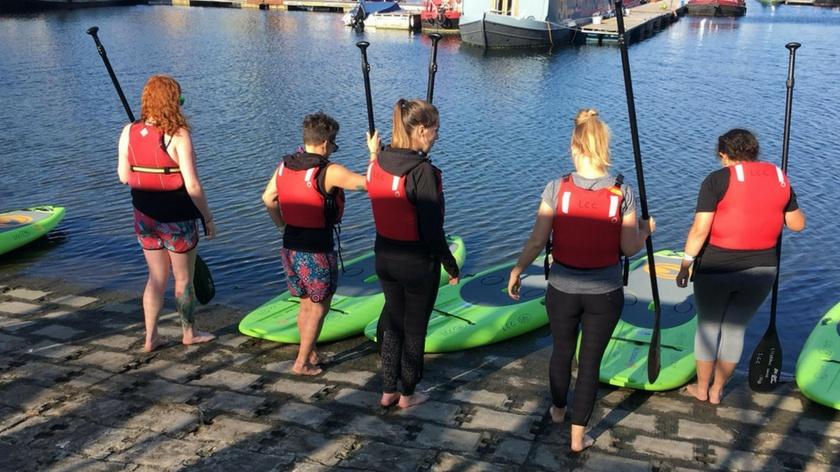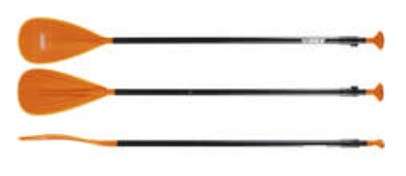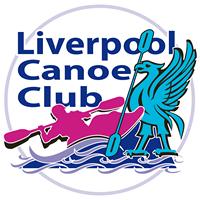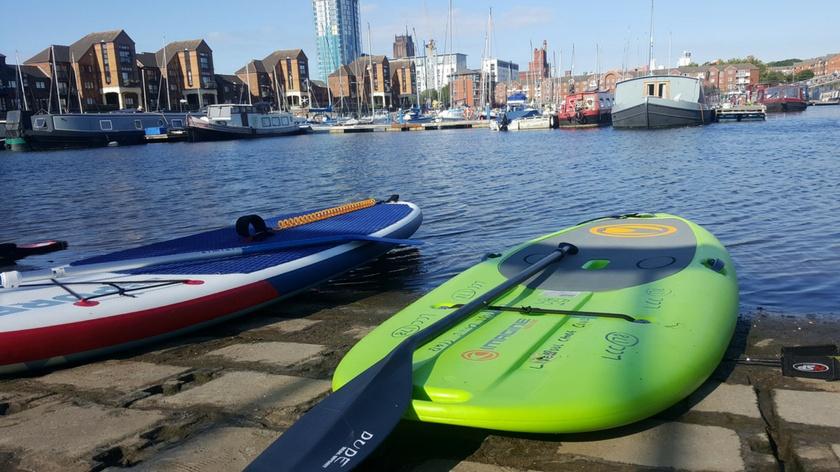Stand Up Paddleboarding (SUP)
Stand up paddle surfing (SUP), stand up paddle boarding, or in the Hawaiian language Hoe he’e nalu, is an emerging global sport with a Hawaiian heritage. The sport is a recent form of surfing, and has emerged as a way for surfers to paddle longer distances.
The sport of stand up paddle boarding has, in less than ten years, spread from surf beaches to nearly every other type of watercourse, attracting tourist far and wide. Races are held on lakes, large rivers and canals; paddlers navigate river rapids and ride standing waves that are common therein; gliding is the practice of covering long distances along sea coasts, often using tail winds to aid the trip. A related, traditional sport, paddleboarding has been done kneeling on a board and paddling with the hands, similar to a butterfly swimming stroke. However using a paddle is now sometimes incorrectly called paddleboarding. Stand up paddlers wear a wide variety of wet suits and other clothing, depending on both water and air temperature since most of their time is spent standing on the board.

A stand up paddle is a type of paddle used in stand up paddle surfing. The stand up paddle is used to propel an individual across the surface of the water while standing on a surfboard. The paddle consists of a blade, shaft and handle. Materials and design. Paddles used for stand up surfing are similar to traditional canoe paddles only longer. They are usually constructed from carbon, fiberglass or wood with flat blade on one end connecting to a handle on the other end by a long smooth shaft.

The blade ranges from 6 to 10 inches in width with an oval or round shaft ranging from 67 to 86 inches in length with a 1 to 1.5 inch diameter. Blades are designed with several shapes and features. Normally the blade has a banana peel shape sometimes having a slight keel on the back side of the blade. Other commonly used shapes include diamonds, or oar like blades. Different blade shapes are sometimes used for different types of paddling conditions (long-distance, flat lake water versus ocean surf for example).
The proper form for paddle surfing requires a paddle of the correct length and size. A common rule of thumb is a “shaka” length, or 5 to 7 inches, above the rider’s height. While standing on board, the rider holds the paddle with one hand on the handle and the other hand approximately 1/3 of the way down the shaft. The hand placement alternates depending on what side the rider is paddling on. When paddling on the right side the handle is held with the left hand and the shaft with the right, vice versa on the left side. When paddling, the blade is placed in the water 1 to 2 feet in front of the rider. The paddle is then pulled through the water with a motion similar to the rider punching with the top hand. The motion is continued until the blade is pulled through the water to a point approximately 6 inches to a foot behind the rider’s body.
Inflatable SUP Boards
Performance surf boards have traditionally been made from laminated layers over foam cores. SUP boards are larger boards and the desire to travel with them has led to the development of an inflatable system where the board and pump can be carried in a back pack. The core material is called ‘drop stitch’. Thousands of locked nylon stitches keep the board at a specific thickness. Pressure from specially designed hand pumps can inflate a board to over 30Psi. This creates a board not much less rigid than a hard board. Two of the greatest benefits of inflatable boards are their durability and transportability.





